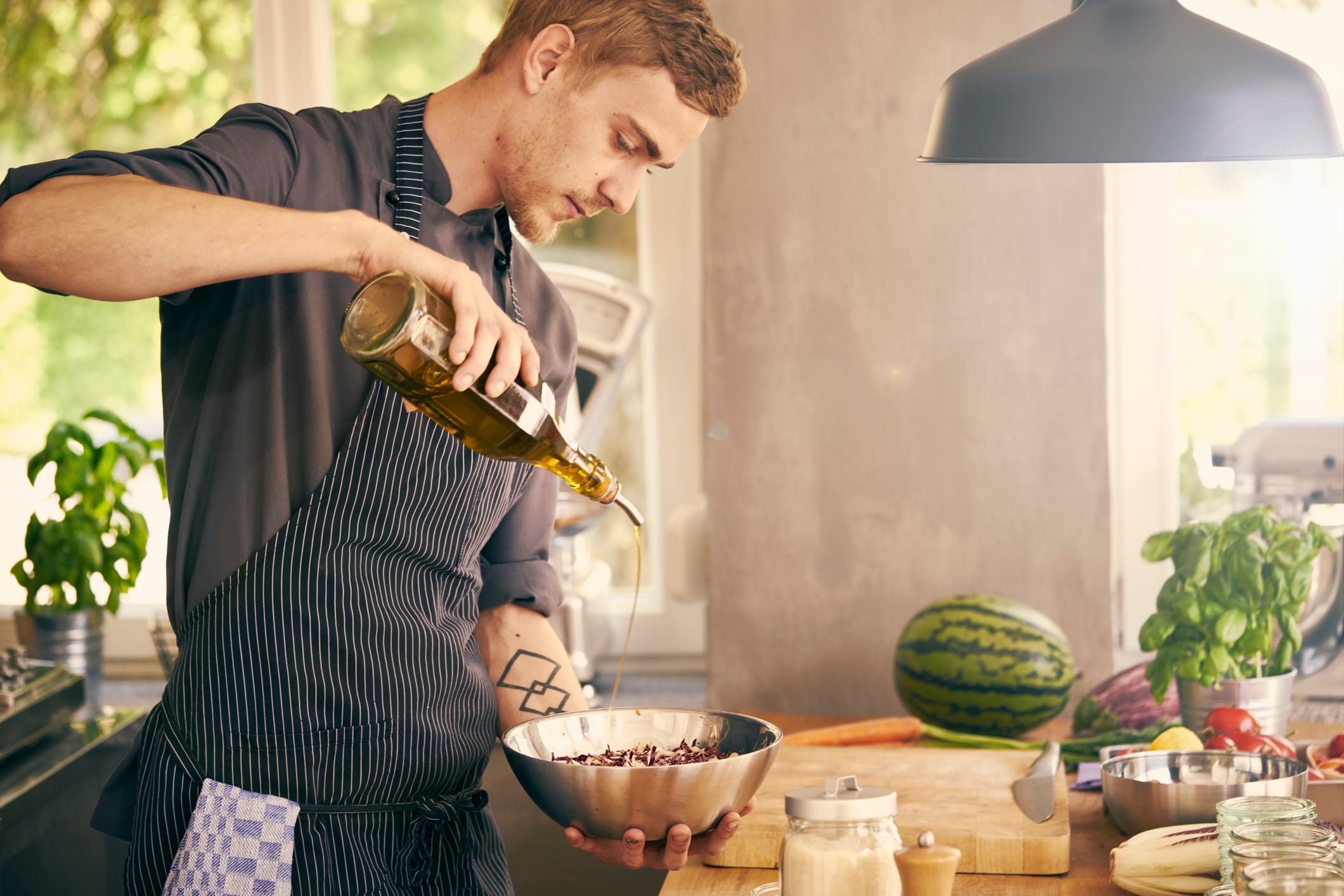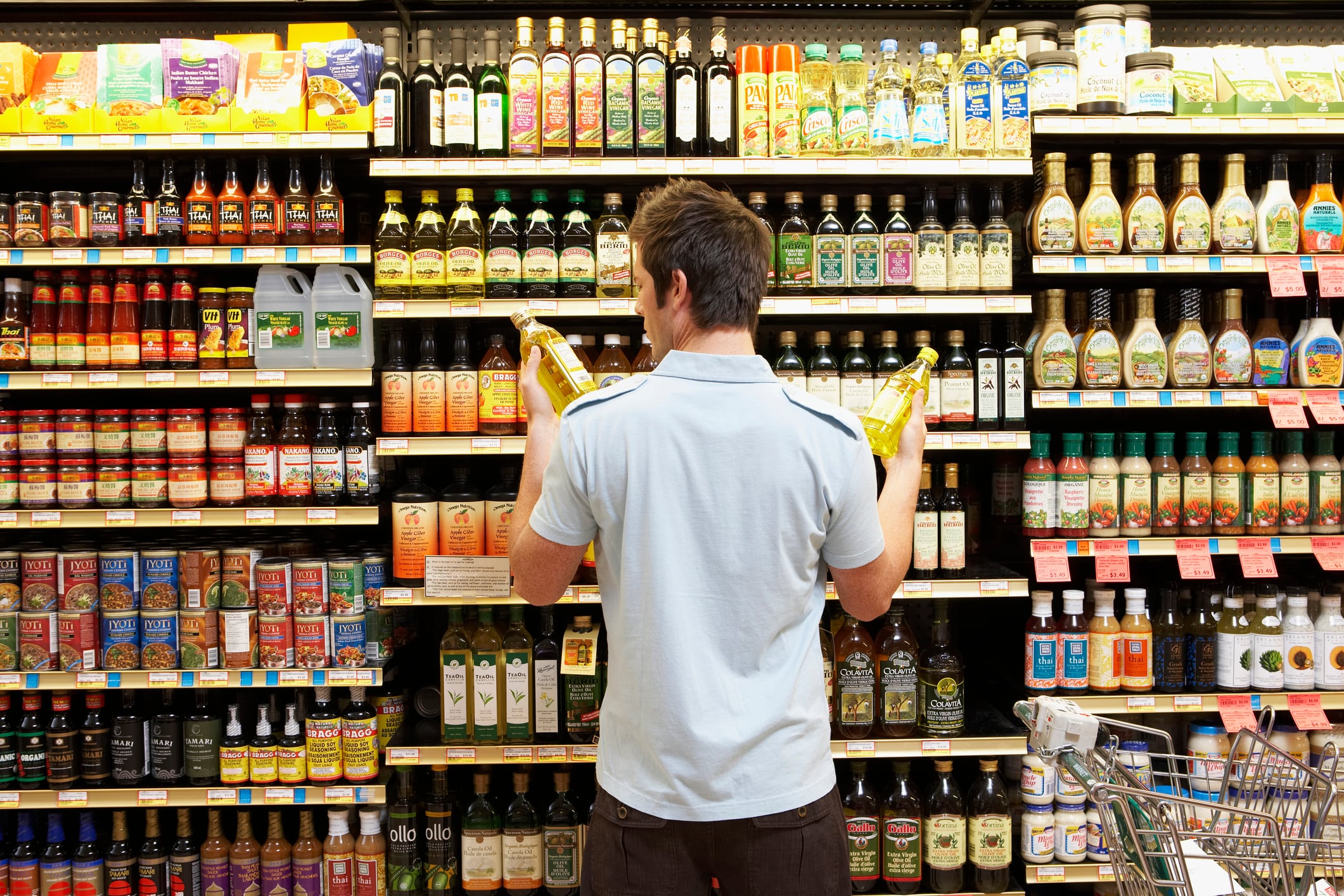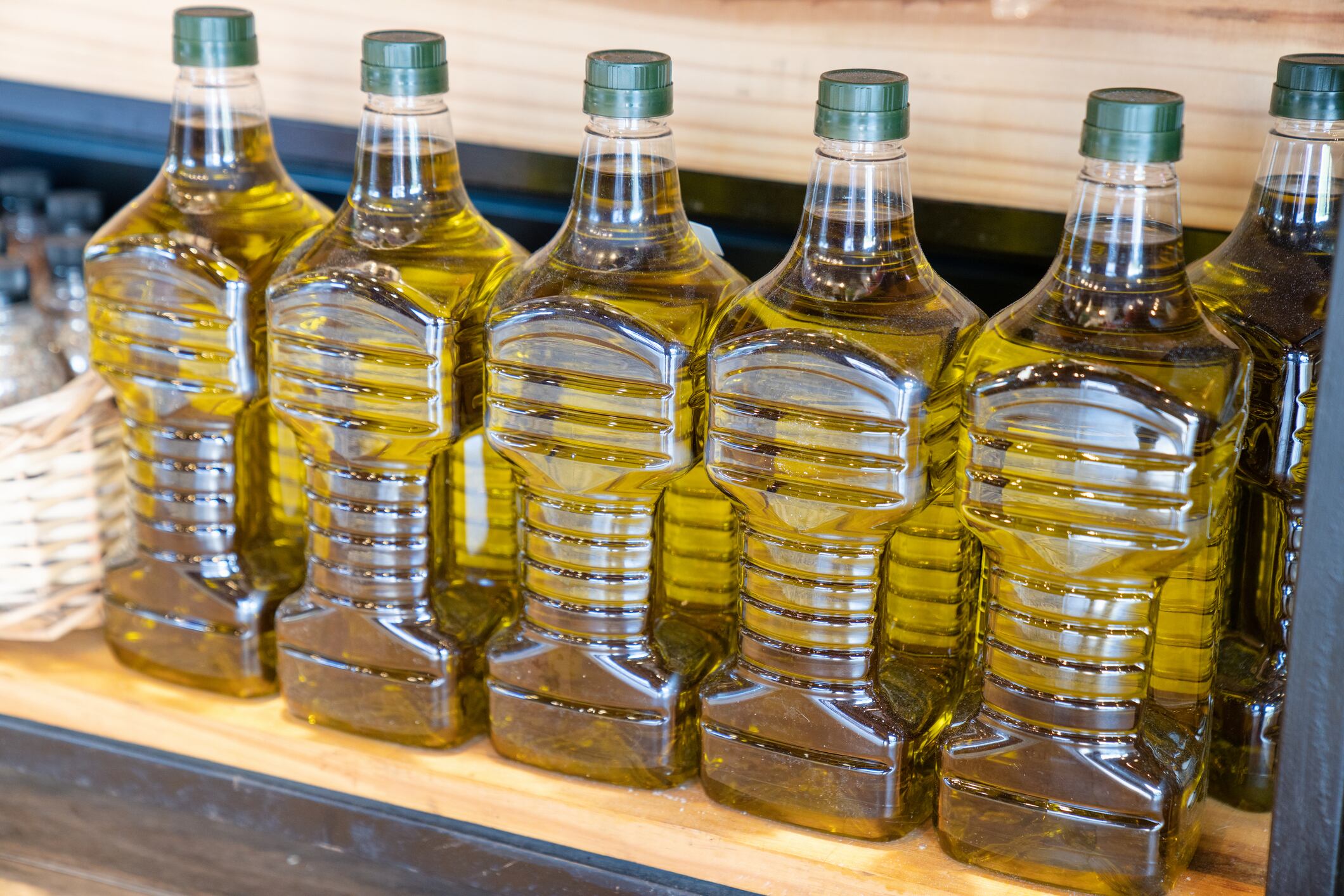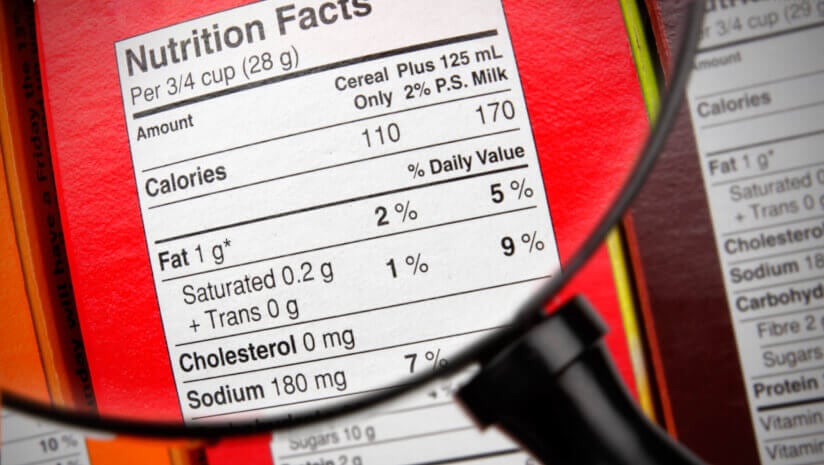As olive oil gains attention among health-conscious consumers and clean-label advocates, the North American Olive Oil Association (NAOOA) and its specialty foods arm, the Extra Virgin Alliance (EVA), are raising awareness of olive oil’s culinary value and health benefits through grassroots storytelling, targeted chef education and a push for a USDA-backed promotion board.
“Our overall goal for our association is to increase consumption of olive oil,” said Joseph Profaci, executive director of NAOOA.
One key strategy is to spotlight NAOOA’s 60-plus members and their products that demonstrate the quality and complexity of olive oil.
At this year’s Summer Fancy Food Show, NAOOA featured products from members that met the Extra Virgin Alliance certification‘s strict quality standards around land and harvest, the employees and/or olives.
Some of these companies may also offer products that are not EVA-certified, Profaci noted. The EVA-certified products sampled at the booth came from around the world, including:
- Garcia de la Cruz (Spain)
- Piro (Italy)
- Patio de Viana (Spain)
- Psyche Organic (Greece)
- Manfredi Barbera (Italy)
- Acushla (Portugal)
- Monini (Italy)
- Olivaia OLA (USA – California)
A curriculum for the kitchen: Partnering with Culinary Institute of America to train future chefs
The newest initiative from NAOOA is a 22-module curriculum co-developed by EVA’s Director Alexandra Kicenik Devarenne and the Culinary Institute of America (CIA), designed to teach emerging chefs how to taste, use and serve olive oil.
The curriculum ranges from olive oil basics and “culinary functionality” to olive oil tastings and customer interaction, all of which add value to olive oil in restaurants, Devarenne said.
Students “will understand the uses of different types, different styles, different qualities” of olive oils, she added.
Devarenne sees this hands-on education as essential to creating memorable culinary experiences that consumers will carry into their home kitchens.
“You can talk about olive oil all day long, but it is not until you put somebody in a kitchen with different wonderful olive oils to start working with them and tasting them and playing around and seeing how they enhance the dishes, that is when the magic happens,” she said.
“You give a consumer a bottle of olive oil – but how are they going to use it and are they going to use it to its best benefit?” she said. “That takes a little bit of familiarity.”
Devarenne cited Coratina, a flavorful Italian variety, as an example of understanding how these oils’ flavors will flourish in certain dishes. While the bitter profile of Coratina will clash with a salad, its sharpness is best expressed in a “hot bean soup,” she added.
Restaurants as the gateway to consumer education
The CIA program also emphasizes menu language and server training – both opportunities to introduce olive oil as a premium culinary ingredient.
“I want to see olive oil mentioned on the menu,” said Devarenne. “Serving a parsnip soup finished with this brand of this variety,” provides value to the oil and may pique the curiosity of consumers to explore different oils at home, she added.
“This is not about promoting particular brands, regions, varieties, none of that,” rather the program’s intention is to expose students to the diverse uses of olive oil, Devarenne emphasized.
From grassroots to national scale: USDA promotion board in the works
The NAOOA also is pursuing a a federally sanctioned olive oil promotion board that significantly would expand marketing capacity.
The proposed USDA program would collect 8 cents pergallon on both imports and domestic production of olive oil, following models like the Avocado Board or the Egg Board, Profaci explained.
“We are hopeful that next year that could be in place, and that would really help us tremendously,” Profaci said. “Because our association is relatively small and underfunded,” which includes a $150,000 marketing and promotion budget and a USDA program could boost that budget up to $8 million, he added.
Health, taste and a seed oil shift
Despite decades of steady growth, US olive oil household penetration still hovers around 45%, suggesting significant headroom for expansion, according to Profaci. Further, the anti-seed oil movement is pushing growth for olive oil, he added.
“Health benefits are what primarily brings people into the category, and then taste is what keeps them in. So you need to have both, and we are pushing both,” he said.
Editor’s Note: A previous version of this story stated that one of the key strategies for the NAOOA is to spotlight EVA members. This is incorrect as NAOOA’s initiative is to highlight its members and that EVA is only made up of products. Further, NAOOA not EVA is co-developing the CIA curriculum, which is spearheaded by Devarenne.




